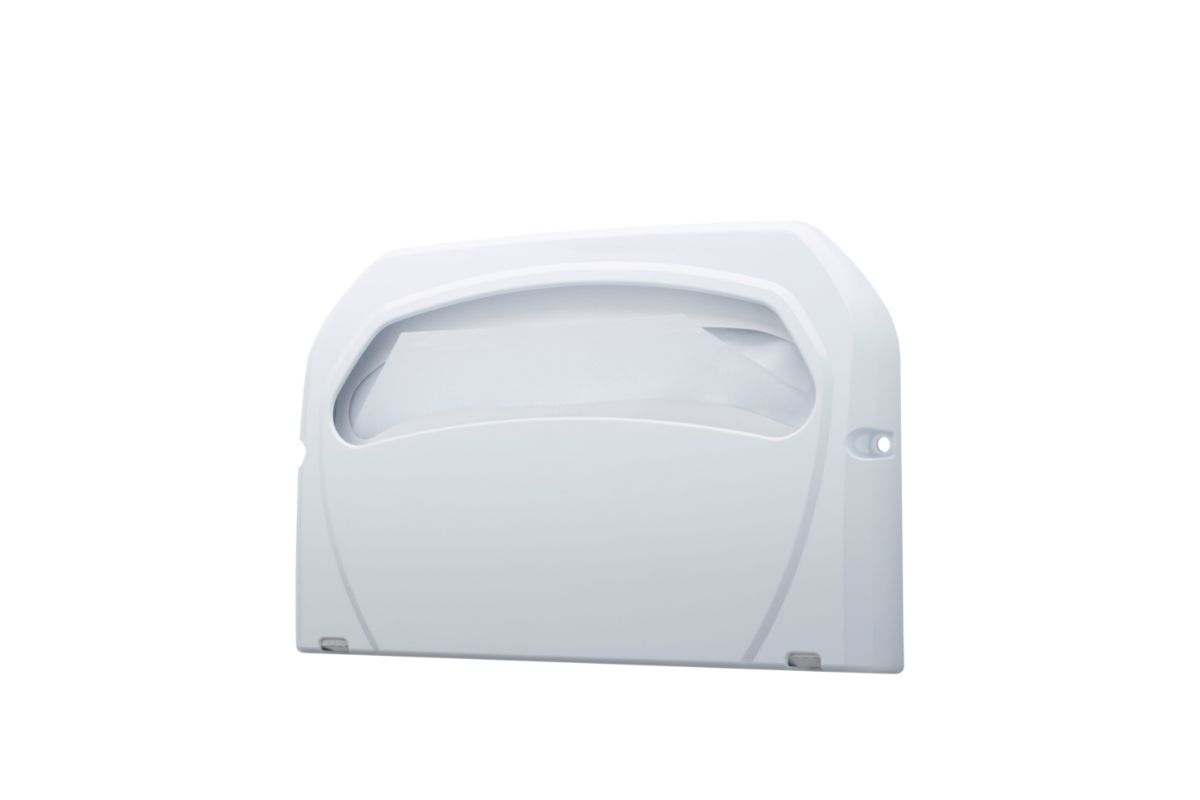Although COVID-19 heightened our caution against germs, people always used toilet seat covers to protect themselves against disease and infection. As you continue to visit public places, you might wonder if toilet seat covers actually work and if you should use them.
While placing a cover on the toilet seat might seem like a practical intuitive thing to do, it is useless in actually preventing the spread of germs. It may intuitively make you feel safe, but it is futile against the kind of bacteria that live on the surface of toilets.
When you walk into a public restroom, there’s no such thing as zero risk. However, the danger isn’t near your tush. Read on to learn about where the real danger lurks in public restrooms.
Why are toilet seat covers pointless?
Toilet seat covers are made from tissue, a porous material, meaning it has holes where germs and micro bacteria can squeeze through.
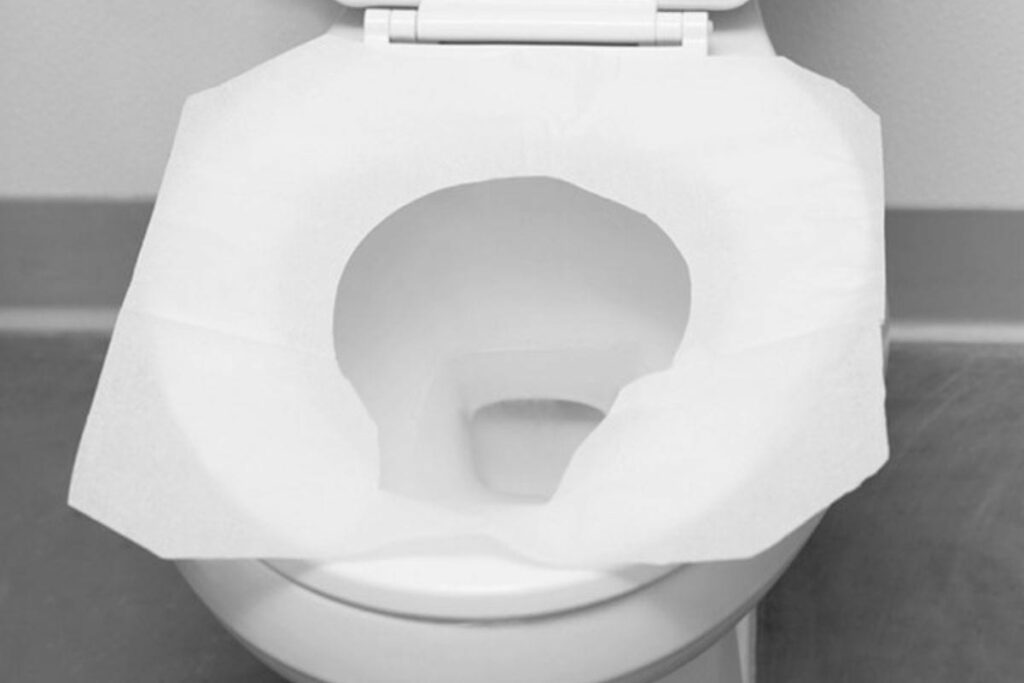
Unless the toilet is overly dirty and brimming with fecal matter, you are most likely safe from someone else’s bacterial yuck.
What is the point of toilet seat covers?
Toilet seat covers serve a psychological purpose rather than a practical one.
When people place a toilet cover down, they assume the covers will stop the spread of gastrointestinal diseases, sexually transmitted infections, and COVID-19.
However, this is not the case.
Disgust is a very strong evolutionary emotion in humans
Humanity is hardwired to feel disgusted. Disgust is a subcategory of fear that developed when we needed to identify spoiled meat as early hunters and gatherers.
The advent of COVID-19 has only amplified our caution against infectious diseases.
Toilet seat covers, however, are not going to help you against more serious infections. They make us feel safe and help to counter the feeling of disgust when we enter a public stall.
What are toilet seat covers made of?
Depending on what search results appear, you will either find disposable toilet cover sheets, such as the ones found in shopping malls and movie theaters, or “comfort” seat covers, which are meant to cushion your tush as you go.
Cushioned Covers
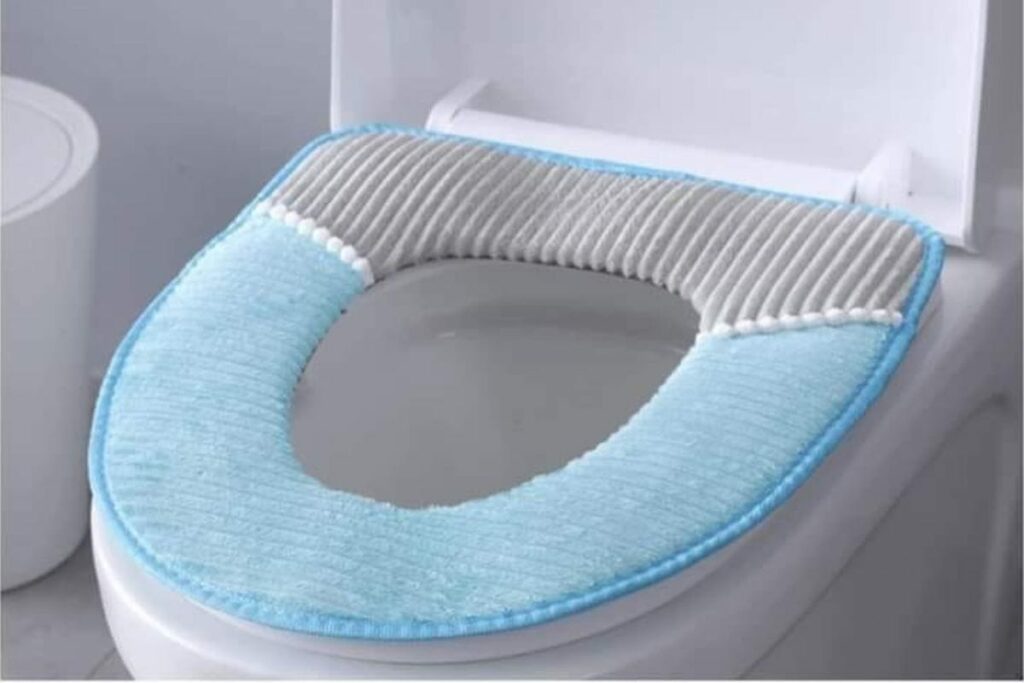
Just as disposable toilet sheet covers largely serve a psychological purpose, cushioned toilet seat covers serve a physically pleasing purpose.
These toilet seats are generally made with gel or cheap leather and connect to the toilet via adhesive velcro. They are typically thick (raised between 2 and 2 ½ inches), plushy, and are meant to relieve point of contact pressure in the hip bones.
If you are responsible for an elder or suffer from hip and lower back pain yourself, then toilet seat cushion covers will have more of a practical purpose than tissue ones.
Heated Seat Covers
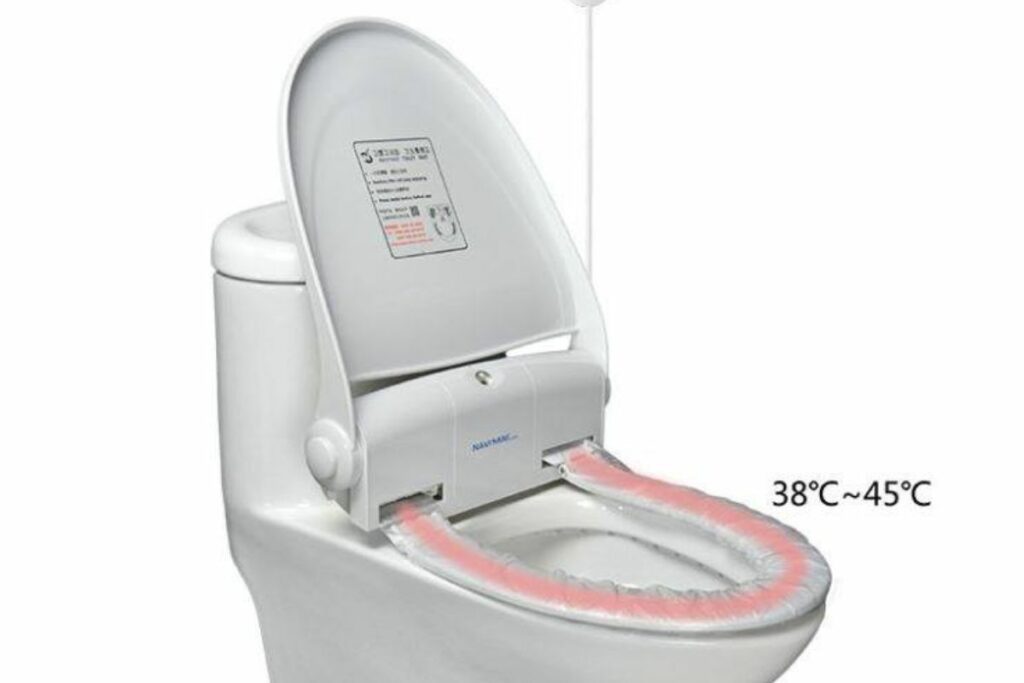
These are more of a luxury item that comes with additional installation of separate mechanical parts.
While the heat and nightlight help with germ prevention, heated seat covers are designed to eliminate odor-inducing bacteria.
This odor-eliminating seat covers showcase how we need to feel safe while we go. We are naturally vulnerable and want to make sure our environment safeguards us against both physical danger and invisible, biological danger, as well.
Do toilet seat covers protect you from anything?
Aside from the cush for your tush, do tissue toilet paper covers actually protect you from anything?
To answer fully, let’s delve into the types of disease people fear catching and the misdirected caution toward toilets:
Sexually Transmitted Disease (STDs)
Don’t buy into the myth. You cannot get an STD from sitting on a toilet seat. The micro-bacteria from sexually transmitted infections, such as gonorrhea, syphilis, and chlamydia, are transmitted through unprotected sex, not through surface contact.
COVID-19
According to the CDC, toilet seats are not a factor in catching the disease because it is not transmitted through urine or fecal matter, but through tiny droplets in the air and on surfaces.
Fecal Transmission
The most notable fecal-to-oral viruses are E-coli and hepatitis A.
These bacterial infections are spread when a person touches an infected individual’s stool (or feces) and it somehow makes its way into the digestive system.
If you were to realistically catch something from fecal matter, you would have to have an open wound on your back thighs before sitting down and the person who went before would have to be ill in order to affect you.
Your cell phone is more contaminated with germs
If there is one hotspot for germs to hang out in, it’s on everyday objects, not the private porcelain throne chair.
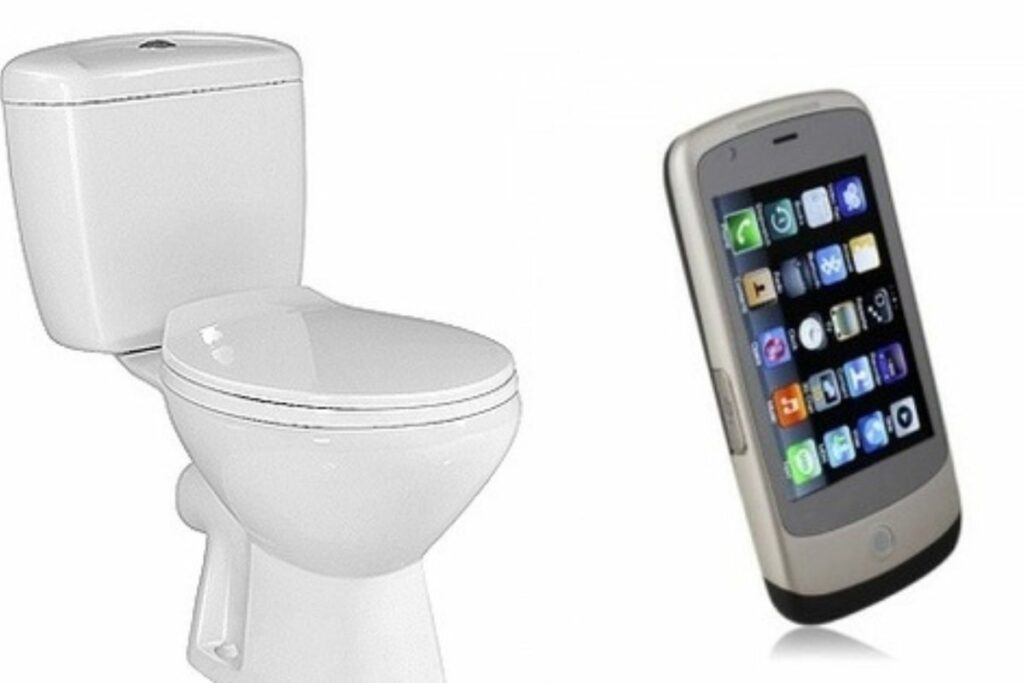
While it may seem counterintuitive (and even a bit scary), your cellphone, purse, money and credit card, car keys, and door handles of your home contain more live germs than your toilet.
Think about it.
Your hands are grasping at dozens of objects each day, most of which are meant to be shared by the general populace, such as door handles. More disturbingly, you touch your face at least sixteen to twenty-three times per hour, giving bacteria direct entry into your system via your hands.
Toilet Seats are Cleaner than you think
Again, this sounds like a counterintuitive statement, but it’s true.
Most manufacturing companies make toilets with anti-microbial properties, such as zinc pyrithione, which helps control the spread of mold, algae, fungi, and yeast.
Secondly, public restrooms are cleaned regularly based on the level of foot traffic with anti-bacterial chemicals.
Should I use toilet seat covers?
If disease prevention is your main concern, then forget toilet seat covers. That’s not where the danger is.
The main danger comes from your hands, which touch the flusher, the bathroom lock, the door handle, and whatever else you touch.
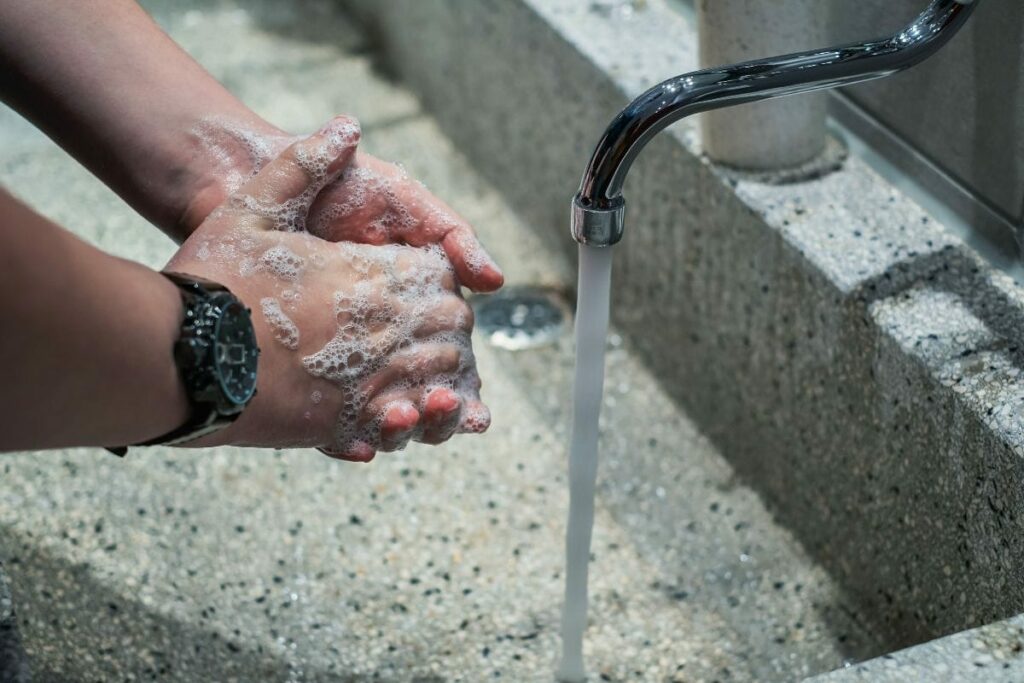
The best preventive measure is to wash your hands. If you want to be extra vigilant, carry spray hand sanitizer and anti-bacterial surface wipes to clutch bathroom surfaces.
There hasn’t been a push to end or promote toilet seat covers. Instead, it is up to the individual to decide if they prefer the psychological, though ineffective, guard against germs.

Amos Christen graduated with a bachelor’s degree in Interior Design from Drexel University — Philadelphia, PA. Since 2003, Amos has worked with top interior design professionals in this area, including architects and interior/graphic/lighting designers. As a skilled interior designer, Amos Christen is highly versed in fine arts and crafts and uses that to supplement his main area of expertise. He often publishes articles related to home décor on several websites, including Sprucetoilets.com, Sprucebathroom.com, and Mybesuitedhome.com. He also contributes to leading interior design magazines.
